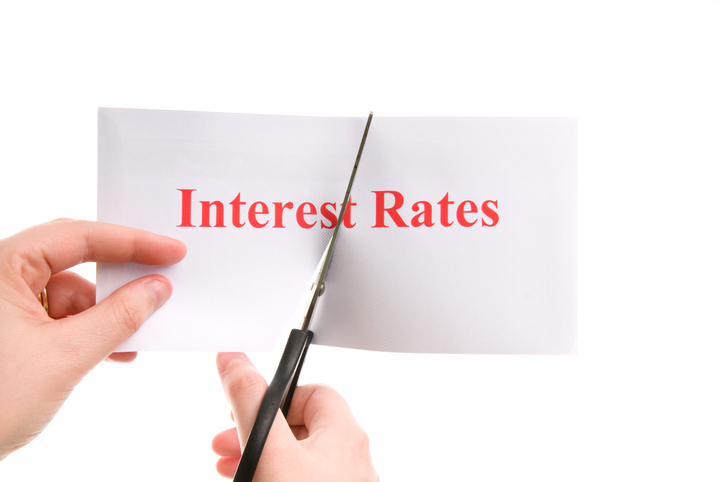Stimulus, Debt and Gold
The comments below are an edited and abridged synopsis of an article by Michael Kosares
Few at the corner of Wall Street and Main would quarrel with the extraordinary steps the central bank and federal government have taken given the current circumstances. At the same time, any new rescue effort will pile trillions of dollars of debt on the trillions already committed to combating the ill-effects of Covid-19. As the World Bank’s Carmen Reinhart, best known for her study with Kenneth Rogoff on financial crises, put it: “While the disease is raging, what else are you going to do? First, you worry about fighting the war, then you figure out a way to pay for it.” A good many have taken precautions to counter the possibility of financial collateral damage from that war.

“The world reels from the economic aftershocks of the coronavirus pandemic,” reads a recent Financial Times article, “but for Swiss bankers shepherding the fortunes of the world’s super-rich it is boom time.” Their standard advice has been to stay in the stock market but build hedges. “One hedge in particular,” it says, “was pushed by many Swiss bankers and wealth advisers to their clients with great success this year—gold… Buying it was the corollary to the huge governmental stimuli that buoyed equity markets.” Investment gold demand is now running at record levels. The first four charts in this article bring you up to speed on the extraordinary, pandemic-driven surge in the US national debt. The fifth shows the all-important link between the national debt and the price of gold.
Up for discussion: The ghost of John Maynard Keynes has a busy October; what does all of this have to do with the price of gold in international markets; Jim Rickards says that silver could explode within weeks; gold is the only way out for central banks; according to Stephen Roach, the US is facing a dollar collapse by the end of 2021; and 2021 marks a dubious milestone—the fiat money system’s golden anniversary.

